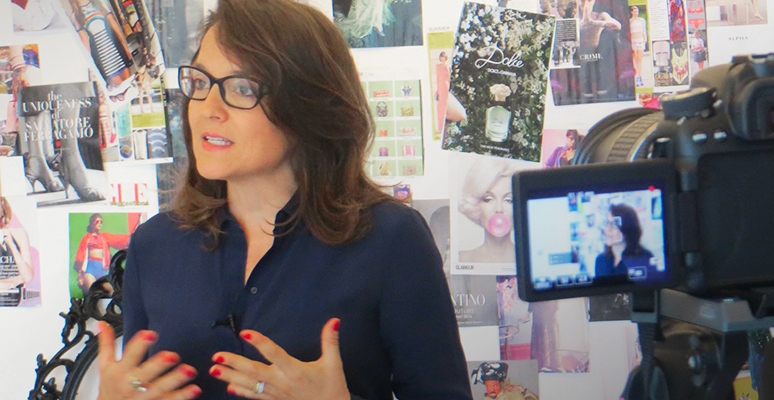Dissecting Symbol Intensive Brands
The symbolic value of a brand is the perceived advantage that a person places on that brand’s products over another in high-end markets.” Stefania Saviolo, Lecturer in the Department of Management and Technology at Bocconi University and lecturer as well as first director of the Master in Fashion, Experience & Design Management (MAFED) at SDA Bocconi, has studied and researched the meaning of this symbolic value and developed an innovative proprietary framework for classifying them. “Products do not only offer a functional purpose, but convey deeper meaning for the user” she said. “This is the essence of a brand and what it represents for consumers.”
“A brand can ideally be interpreted as a promise effectively delivered to the customer," Saviolo said. "Every brand promises a benefit, a solution to a need. In the case of brands with high symbolic value, the types of needs they satisfy are essentially two: emotional needs and social needs. Another distinctive feature of these brands is their ability to use codified symbols and rituals to capture the attention of customers and generate a sense of belonging to a community. They are all brands with a recognizable style identity, a retail identity, and a communication identity, and they behave like real editors: they maintain a constant dialogue with their "fans" by involving them in the narrative."
The innovative proprietary framework for classifying Symbol Intensive Brands that Saviolo has come up with is being studied in her MAFED courses and the executive programs she directs. Companies create and deliver symbolic value in different ways, and the framework allows them to be traced back to four basic models.
The first is the Authority Brand. Highly specialized in a single product category, it offers emotional benefits related to the sphere of personal gratification: Luxury for me. Examples include Italian design brands, like Kartell plastic design and Atemide lighting, or Illy, an authority in the coffee sector, which customers will choose as a reward because they consider them products of excellence and behaves as such.
The second model is the Icon Brand. Unlike the previous one, it operates in different product categories and ensures the emotional benefits of expressing one’s social identity. A typical example is all the high-fashion and luxury brands that people buy not so much for the function of the garment itself but rather to project the image they desire of themselves externally, exploiting the visibility and iconic value of the brand. “Luxury for others”, Saviolo calls it.
The third model is the Cult Brand, which also specializes in a single category that, unlike the Authority Brand, does not offer the benefit of personal gratification but rather a social one, that of belonging to a community. Examples include Supreme, Lululemon, Harley Davidson, Tesla, and Red Bull, brands that are adopted to feel part of a group one shares values and experiences with.

When a Cult Brand grows from a single product category to multiple categories then it moves to the fourth model: the Lifestyle Brand. The benefit here is always a social one, that of adopting a specific lifestyle. Brands like Apple, Ralph Lauren and Patagonia fall under this model. Unlike Authority Brands and Icon Brands, they are a source of inspiration for fan communities for attitudes, interests, and opinions. However, their symbolic value is more volatile and less crystallized over time.
Although the four types of brands have different business and value creation models, they all have to reckon with one crucial aspect: “creating and, above all, preserving symbolic value over time requires persistent effort and uninterrupted work,” Saviolo said. “It is not enough to have excellent products; what makes the difference is creativity, vision and initiative. Symbolic value is earned gradually, but it can be lost quickly in the absence of a proper strategy that maintains its relevance over time."
SDA Bocconi School of Management
Luxury brands open their doors to EMiLUX ...

Retail and digital transformation take center ...



